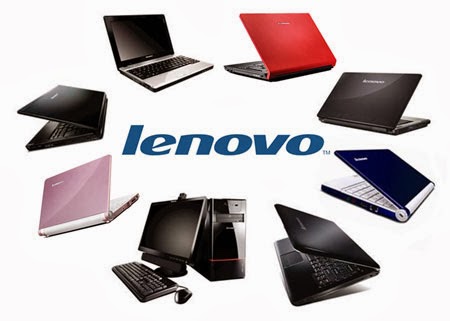Posting 6


JIT SYSTEM IN DELL
For
nearly three decades, Dell has been on an incredible journey, experiencing positive growth on a
global scale. Through it all, it's our people(customers), business partners
and team members (who keep us moving through the rapidly evolving world of
technology).
Dell
has also leveraged JIT principles to
make its manufacturing process a success. Dell’s approach to JIT is different
in that they leverage their suppliers to achieve the JIT goal. They are also
unique in that Dell is able to provide exceptionally short lead times to their
customers, by forcing their suppliers to carry inventory instead of carrying it
themselves and then demanding (and receiving) short lead times on components so
that products can be simply assembled by Dell quickly and then shipped to the
customer.
Dell
pioneered a new way of making and selling computers. Dell re-engineered its
supply chain so that it could produce computers with the exact features that
customers ordered, ship them within 24 hours of taking the order, and
ultimately invest almost no money in inventory. What does JIT Inventory mean?
Small amounts of product are held in inventory. This means, at any given time,
Dell would have little to no products wasting time in inventory. Essentially,
products would be produced as they're demanded and to the customer's
specifications. Dell thereby enabled customers to build almost completely
custom-made computers. This increased customer satisfaction and loyalty.
Build to Order .
After getting an order, Dell notifies its suppliers about what components are needed, and they're delivered within an hour and a half. With our pull-to-order system, we've been able to eliminate warehouses in our factories and have improved factory output by double by adding production lines where warehouses used to be. Dell generally fulfills customer demands within five days, and the firm plans to reduce that time by relying on more extensive Web-based collaborative technologies.
In addition to the
manufacturing efficiency, there are other reasons why build-to-order is
appealing. For instance, it helps prevent manufacturers from being stuck with
inventory that may become obsolete as it sits gathering dust in a warehouse,
says Burkett. Or if there's a design change to a manufactured product, a
company can be stuck with useless inventory that it has to dispose of at a loss.
Process
Upon implementation of the
world wide technology (WWT) solution, WWT became the single partner providing
resources on the factory floor, reducing the overall number of resources
required to maintain continuity of supply. WWT also built a dedicated team of
material planners, vendor managers and process consultants to ensure end-to end
management and efficiency of the solution. WWT
brought several process and technical innovations to the Dell team. First, WWT
developed a suite of forecast, inventory and demand planning applications
calibrated to fluctuations in Dell's manufacturing process. Second, WWT opened
distribution centers collocated with each Dell factory reducing lead times to
45 minutes or less. Finally, implementation of a RF based bar code scanning
system used for product acceptance, replenishment requests and invoice
reconciliation at the factory floor. These innovations while removing cost also
provided much greater visibility and reliability relative to continuity of
supply.
Key to the WWT solution was working with each of the
legacy suppliers.Management of 40 suppliers with 40 different processes and
systems was a key challenge that the team faced. Leveraging technology, the WWT
team was able to provide an integrated process for each supplier to receive
orders, monitor forecast and reduce personnel cost. Also, by reducing entry
barriers for suppliers wanting to work with Dell, WWT has been able to
introduce a new level of free market competition further reducing stock keeping
unit (SKU) prices for individual
components managed by WWT.
WWT successfully developed the needed systems, opened three initial facilities
and put together a support team in just under three months. In addition, the
project went live just prior to the holiday season, which is typically the most
critical time of year for Dell's business.
A member of Dell's supply chain
management team noted, “Our new program with WWT has created new efficiency and simplicity in our supply chain. Consolidating supply chain management with a single entity has eliminated a lot of waste.” Dell has been able to
acknowledge savings across multiple business areas recognize overall SKU price
reductions and experience a scrabble process necessary to support Dell's
overall growth. Since the program began in 2003, WWT has added three additional
distribution centers, added more than 50 suppliers, built a team of more than
100 people to support Dell and is expanding into Dell's international
manufacturing facilities.
(WWT) : World wide technology.
(SKU) :Stock
keeping unit.
















